Ever stuck by yourself and want nothing more than to play table tennis? Well, you can. I present to you, the table tennis return board. It makes for a great table tennis partner, and it can really help you improve your consistency. I rarely see them around because they aren’t basic types of table tennis equipment, but I feel a lot of players could benefit from having one.
However, return boards aren’t for everyone.
So today, you’ll learn exactly what they are, their benefits, limitations, who should buy one, and ultimately, provide some recommendations.
| Image | Name | Type | Buy |
|---|---|---|---|
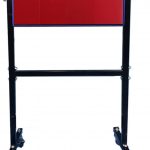
|
Freestanding | CHECK PRICE | |
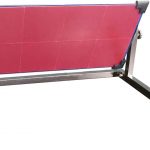
|
Table top | CHECK PRICE | |
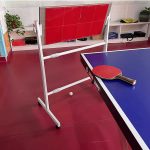
|
ZJMAMA Freestanding Return Board | Freestanding | CHECK PRICE |
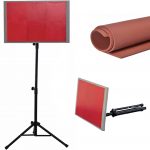
|
Freestanding | CHECK PRICE | |
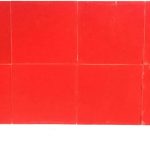
|
Table top | CHECK PRICE |
Table of Contents
What Is a Return Board in Table Tennis?
A return board is a large angled board with rubbers attached to it. You place it at the opposing end of the table to yourself, mimicking an opponent. The board is essentially a massive bat, and you strike the ball into it to get a rally going.
Why Should I Get a Return Board?
Table tennis practice boards are great tools to improve consistency and refine your technique. They rely on you to produce accurate and consistent shots otherwise, the rally will break down.
While ping pong rebound boards can be great for various players, I think they are best suited for intermediate-level players. The reason for this is advanced players generally need something a little more challenging and varied to push their abilities.
Furthermore, beginners lack the consistency to use ping pong return boards. You need to have good aim and a relatively similar spin to keep the rally alive. And I feel most beginners are incapable of this.
Intermediate players, on the other hand, have good consistency and precision and will benefit immensely from a tool such as a return board. And, of course, the intermediate players who will make the best use of a table tennis rebound board are those who frequently lack a playing partner.
This enables such players to get in training when they wouldn’t usually be able to and really focus on developing their technique.
The Limitations of Return Boards
Fixed
The main drawback to ping pong practice boards is that they are fixed. This means they rely solely on your ability to play an appropriate ball. You set the desired placement and board angle before the rally, and then it’s up to you to hit the ball in the right direction with the correct amount of spin.
If you hit the ball too hard or too spinny for a loop, the ball will go over the end of the table. The opposite is true if you hit it too soft or without enough spin.
This is why I feel beginners are not well-suited to return boards.
Very Limited Use of Footwork
Footwork is incredibly important in table tennis, and ping pong rebounders more or less neglect it. It is the main area they fall to table tennis robots. Most robots can feed you anywhere on the table, which really challenges your ability to move.
By comparison, with return boards, you are mostly striking the ball in the same position for every stroke. This means you need to make sure you train your footwork using other drills.
The Best Return Boards
Yuanclllp Freestanding Return Board
Specifications
Type: Freestanding
Rubber Configuration: 2 (H) x 4 (W)
Pros
- Well-sized
- Steel wheels
Cons
- Bad odor
The Yuanclllp return board is freestanding and uses the popular 2 (H) x 4 (W)
I like that this model has lockable wheels because not all freestanding return boards for ping pong do, but it is not something you absolutely need.
The main drawback to this board is its odor which the seller warns about. Therefore its best used in a large room. Probably not a good option if you plan on using it in a small room with poor ventilation.
Yuanclllp Table Top Return Board
Specifications
Type: Table top
Rubber Configuration: 2 (H) x 4 (W)
Pros
- Well-sized
- Attractive price
Cons
- Obstructive clips on the corners of the board
- Long obstructive legs
For our second return board, we are looking at another board by Yuanclllp. This one is their table top version which is slightly cheaper.
It has the same 4×2
Another small issue I see with this return board is the legs which are quite long. You could hit the ball into the legs and prematurely end the rally.
ZJMAMA Freestanding Return Board
Specifications
Type: Freestanding
Rubber Configuration: 2 (H) x 3 (W) & 2 (H) x 4 (W)
Pros
- Two board sizes are available
- Can convert into a table top return board
Cons
- Cheap plastic wheels
- Expensive
The ZJMAMA return board is freestanding and has wheels with brakes that make it easy to move around. However, as they are made of plastic, they are not as good as the wheels for the freestanding Yuanclllp board.
This is the first board that offers two different sizes. You have the option to purchase a return board that is either 2×3
You can also convert this freestanding return board into a table top one which is a really neat feature. The issue is that each time you want to switch, you have to take off the current legs and attach the other pair. This is more hassle than it is really worth.
At its expensive price tag, you are probably better off purchasing a table tennis robot for the same price or cheaper.
ZJMAMA Freestanding Return Board Version 2
Specifications
Type: Freestanding
Rubber Configuration: 2 (H) x 3 (W)
Pros
- Can convert into a table top return board*
Cons
- Fiddly tilting mechanism
- No wheels
The second return board by ZJMAMA comes in considerably cheaper as it uses an inferior base. Ditching the wheels, they have chosen to go for a tripod stand. You also adjust the angle of this board differently. Rather than using wings on the side, you instead adjust the knobs on the back as you would with any old tripod.
While this does make the return board more fiddly to operate, I do think that it is a beneficial change overall as it helps to minimize the cost, which was the main issue with their other model.
You also have the option to collapse the main beam to use the board on the table. This means it can function as both a freestanding and tabletop return board. However, the tabletop version does appear very limited. It appears you can only use angles close to 90 degrees to the table, which isn’t all that useful for most players.
ZJMAMA Table Top Return Board
Specifications
Type: Table top
Rubber Configuration: 2 (H) x 4 (W)
Pros
- Well-sized
Cons
- Expensive
The final return board is once again made by ZJMAMA. This is their table top version. At 2
As its legs are short, and it doesn’t have clips that are attached to the edges of the board, I prefer it to the Yuanclllp return board in terms of performance. However, it does cost a bit more, and I don’t think these small advantages merit purchasing it over the Yuanclllp board overall.
Return Board Buying Guide
Price
Table tennis return boards are fairly pricey pieces of kit, so you should weigh up how effective a return board in table tennis is relative to its cost. Personally, I think of the comparative quality of a robot I can get as they allow for more diverse training.
Size
Return boards come in different shapes and sizes. You’ll find that the width and height relate to the dimensions of the
Most return boards are 4 sheets wide by 2 high, but you can find boards that are also either 3 sheets wide or 3 sheets high.
Freestanding vs Table Top
There are two different types of table tennis return boards: freestanding and table top.
Freestanding table tennis rebounders stand behind the table, usually on wheels but not always.
Table top boards, on the other hand, as their name suggests, sit on the table. This allows you to use them for short training involving serves and pushes.
FAQs
How Do You Use the Return Board in Table Tennis?
You place the return board in the desired location opposite your end of the table. After which, you adjust the angle of the board to account for the type of shot you are going to play.
Then it is simply a case of striking the ball onto the return board with the correct amount of spin and speed. If you meet the spin and speed criteria, the rally continues. If not, the rally dies, and you have to start over.
Which Return Board is Best for Table Tennis?
In my opinion, the best table tennis return board is the Yuanclllp board for the simple reason that it is a freestanding return board and the cheapest. This means that I can hit the ball deeper on the table, and save a bit of money.
Conclusion
Table tennis return boards are great pieces of kit for the right player. And in my opinion, the right player generally falls into the intermediate category and often lacks a training partner. That being said, a table tennis return board is likely useful to be useful for most players. You just have to work out if investing in one is worth it for you.
If you feel that this is the case, my recommended return board to purchase is the Yuanclllp freestanding return board. The reason I prefer this to the others is that it provides the best value for money. I also prefer freestanding return boards as you can place the boards further away, which allows you to hit the ball harder.
Related post:
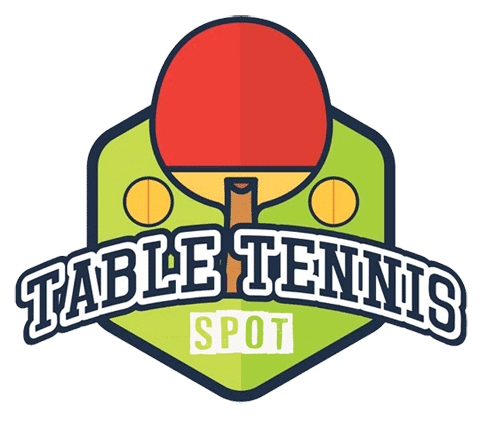
Warren Davies

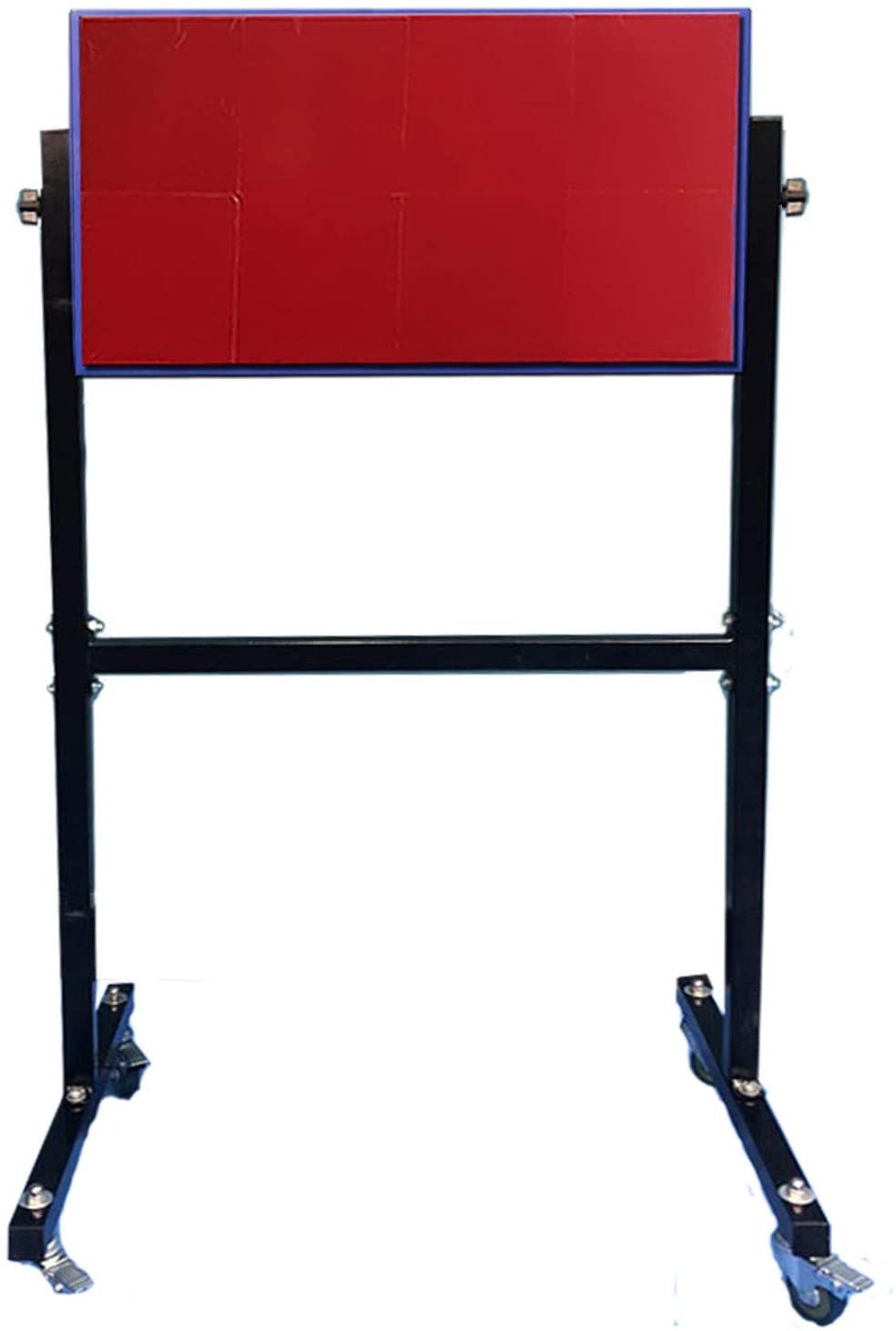
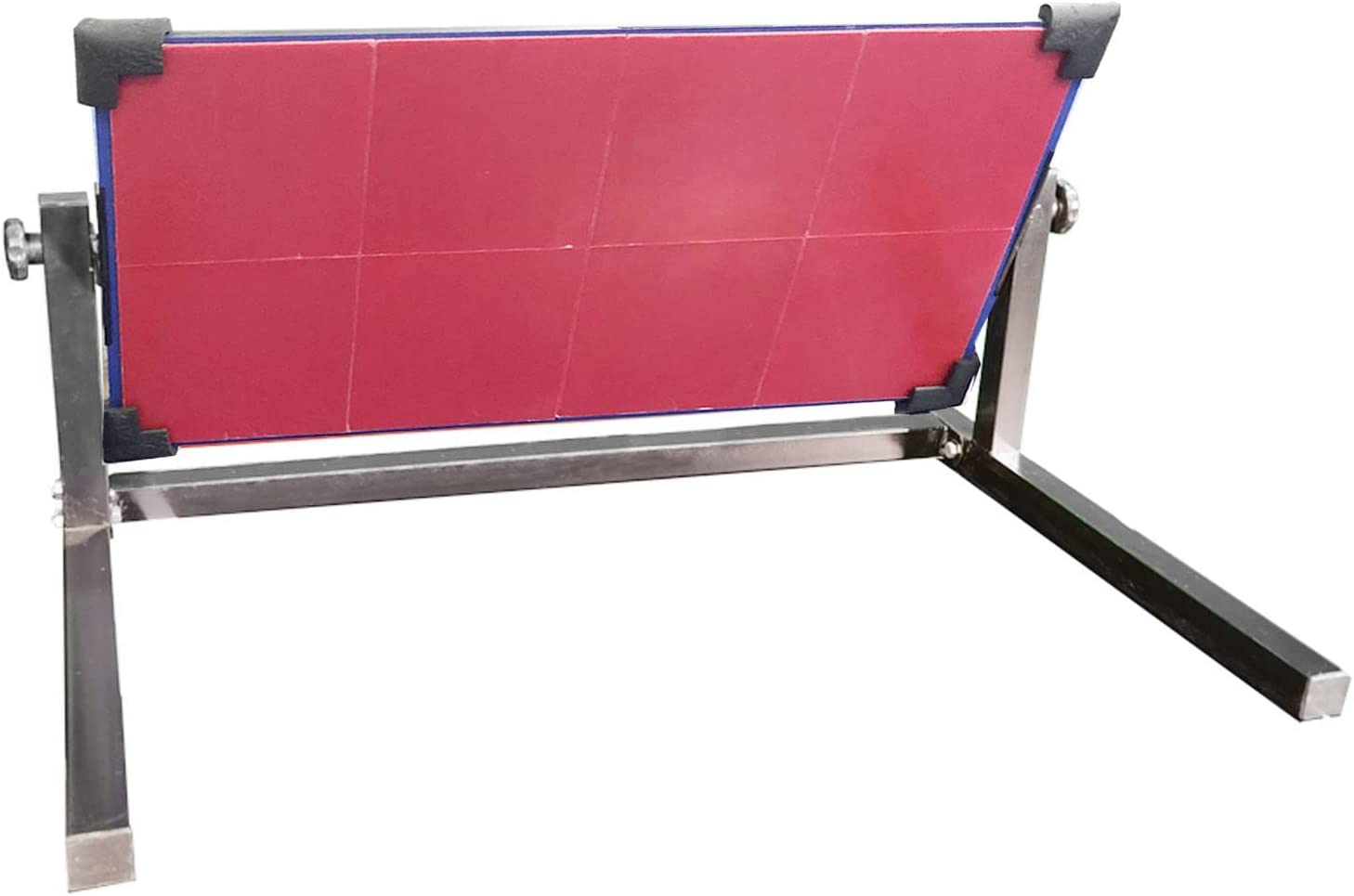
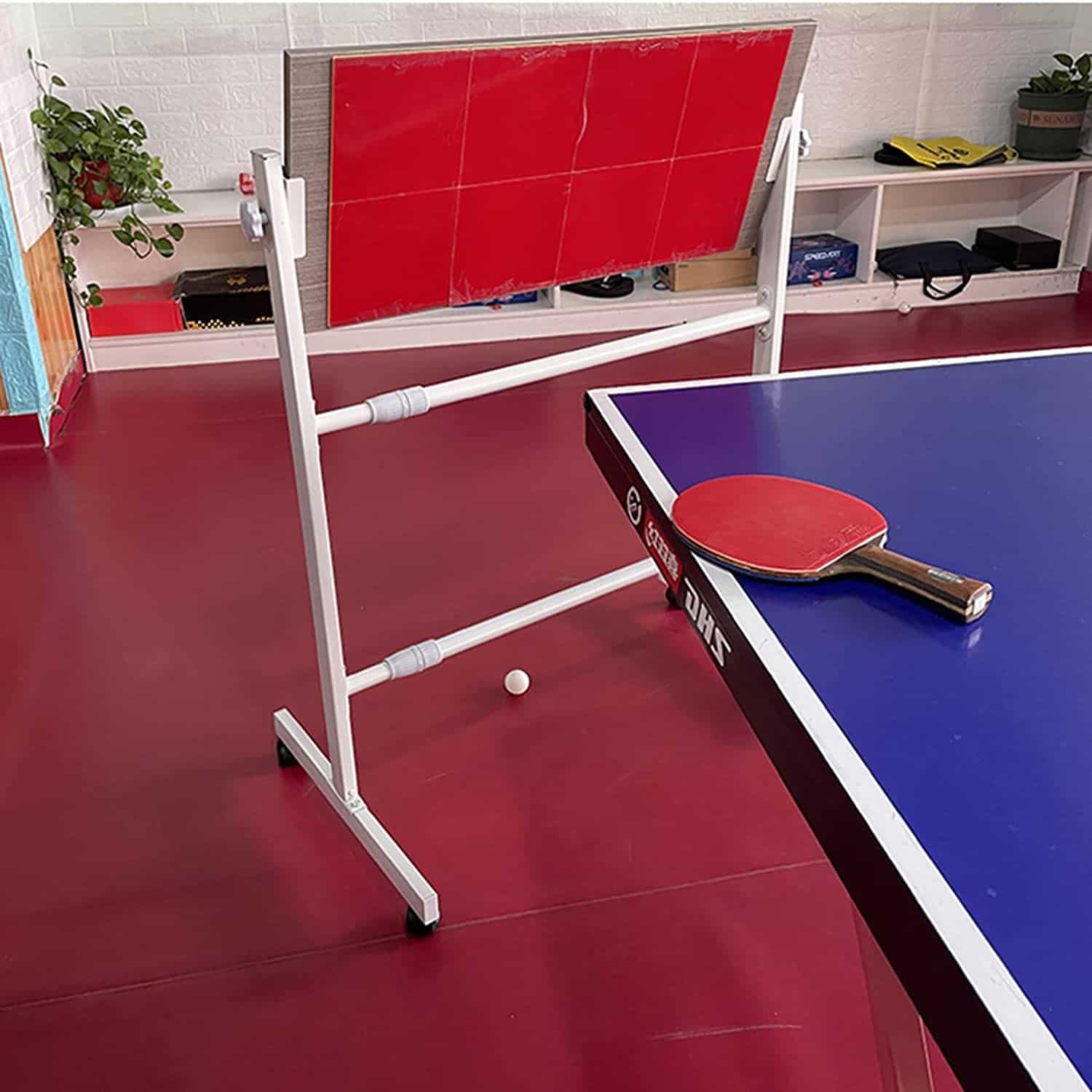
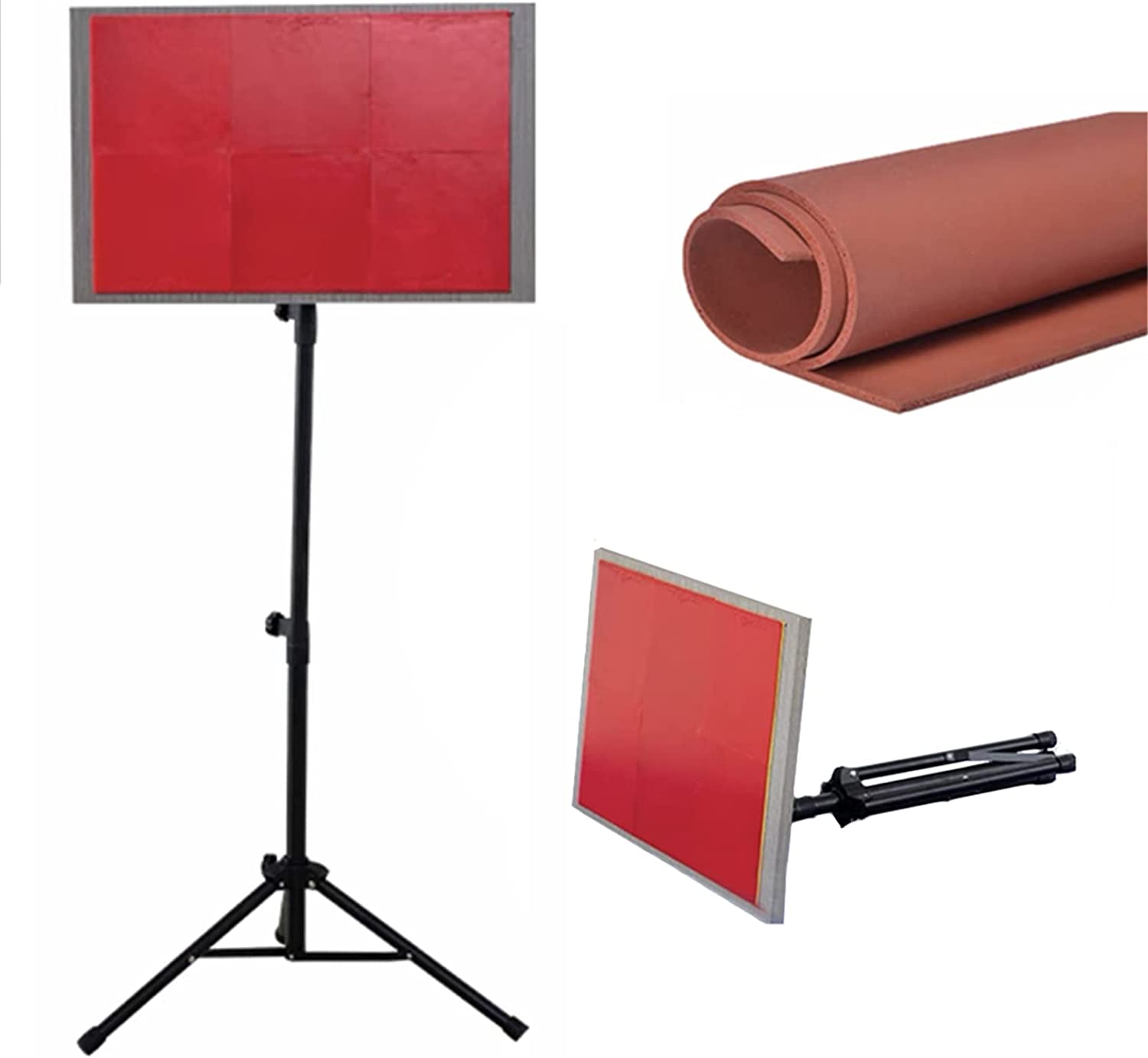
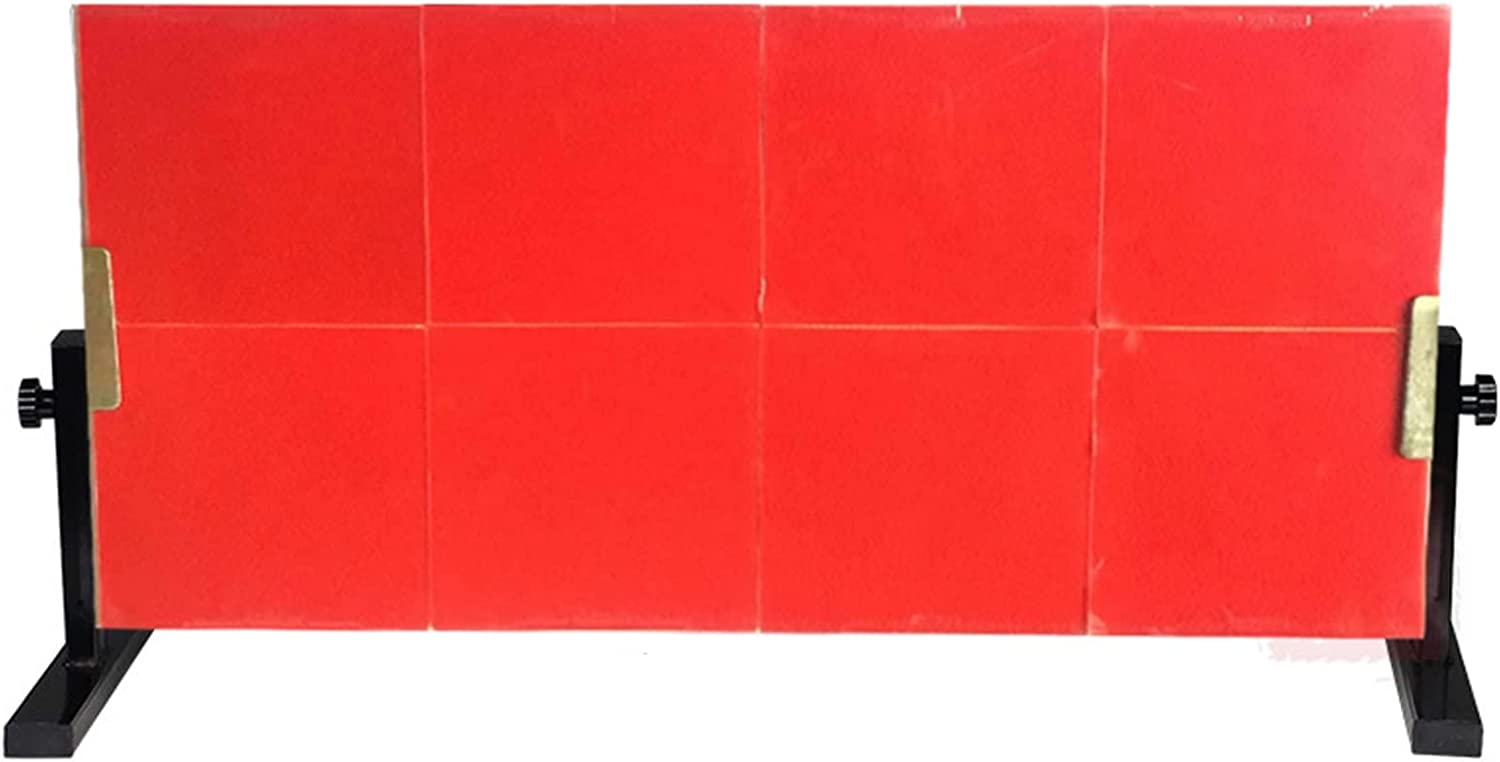
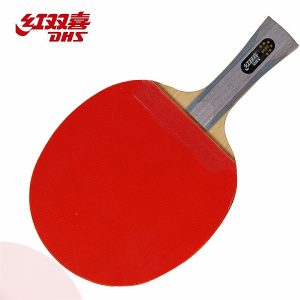
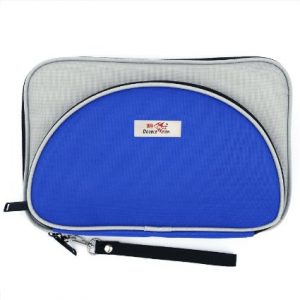
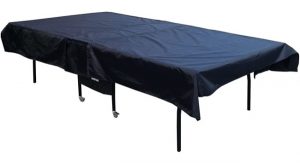
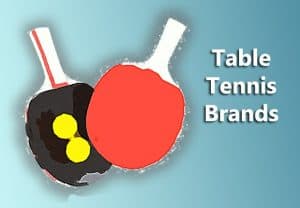
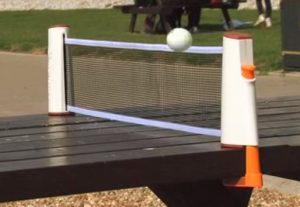
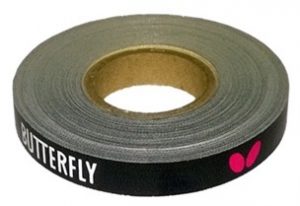

3 thoughts on “Table Tennis Return Boards — Buyer’s Guide”
Wally rebounder… 92 $ for shipping? It’s too far expensive
Where can I buy a TSP Return Board Pro? Or a similar one, meaning that the size is portable (so that I can easily carry to and from my club) and could be set up just on top of the table, instead of standing on the ground (too bulky and unwieldy). Thanks and regards!
Not sure about TSP. But you can get a Wally rebound board if you want to.
https://wallyrebounder.com/